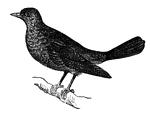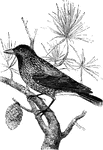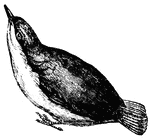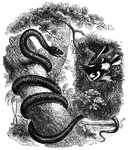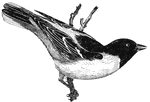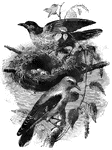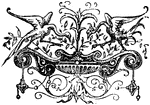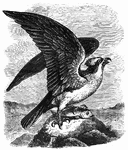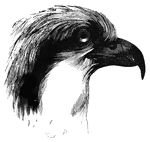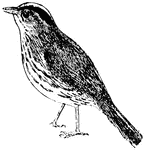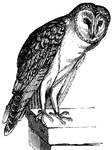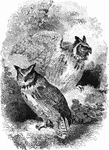
Phoebe's Nest
An illustration of a Phoebe's nest in a box. The genus Sayornis is a small group of medium-sized insect-eating…
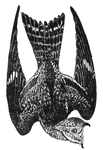
Nighthawk
The nighthawk is fit for catching insects on the wing by their very wide mouth, the gape extended far…
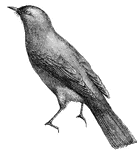
Nightingale
Nightingale, a bird famous on account of its brilliant song, which for quality and variety is not exceeded…
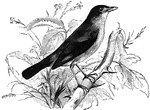
Nightingale
The nightingale is renowned for its song. Its name is derrived from the Saxon meaning night-singer.

Nightjar
The Night-jar is a bird of evil omen in the estimation of our rural population. The reverse should be…
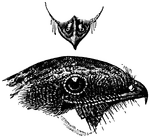
Nightjar Profile and Tubular Nostrils
Siphonorhis americana. "A genus of American Caprimulgidae or goatsuckers, having tubular nostrils. The…
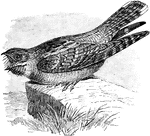
European Nightjar
The European Nightjar (Caprimulgus europaeus) is a bird in the Caprimulgidae family of nightjars.
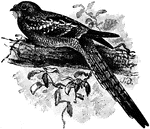
Long-Tailed Nightjar
The Long-Tailed Nightjar (Caprimulgus climacurus) is a species of bird in the Caprimulgidae family that…
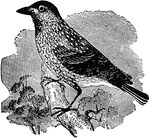
Nutcracker
"The Nut Cracker is a bird of Southern Europe. They feed on the seeds of pine and beech, and on nuts,…

Common European Nuthatch
A small, omnivorous bird, which gets its name from the hatches or hammerings it leaves on nuts.
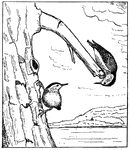
Nuthatches
The nuthatches are a genus, Sitta, of small passerine birds belonging to the family Sittidae. Characterised…
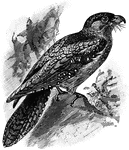
Oilbird
The Oilbird or Guacharo (Steatornis caripensis) is a bird in the Steatornithidae family, related to…
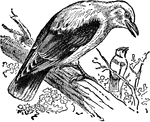
Oriole
"The Oriole is a well-known American Bird, of which there are varieties in Europe, Asia, and Africa."—(Charles…

Oriole
"A very beautiful American, bird, found in all parts of the United States, and as far north as 55 degrees…
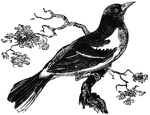
Baltimore Oriole
Familiar in orchards of the United States, the Baltimore oriole is also known as the golden oriole and…

Osiris
"Osiris was worshipped as the god of the sun, the source of warmth, life, and fruitfulness, in addition…
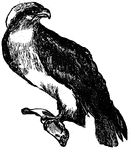
Osprey
This bird lives on fish so is commonly found near water. Its nest is composed of sticks, seaweed, and…

Osprey
This bird lives on fish so is commonly found near water. Its nest is composed of sticks, seaweed, and…
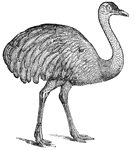
Ostrich
This south American ostrich can not fly, the wings being small; but it is a swift runner, equaling a…
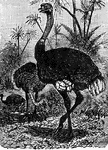
Ostrich
"The Ostrich is the largest of all living birds, standing from six to eight feet in height, and has…

Ostrich
"Struthio camelus, the Ostrich or "Camel-bird" of North Africa now extends from Barbary to Arabia, and…
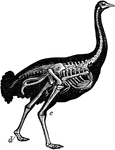
Skeleton of Ostrich
"Shows the powerful legs, small feet, and rudimentary wings of the bird; the obliquity at which the…
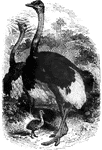
Ostriches
A large, flightless bird, the ostrich measures six to eight feet tall, and is native to the sandy desert…
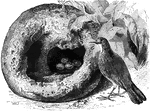
Hornero Ovenbird
The horneo oven-bird, which builds its nest out of clay, straw, and dried vegetation.
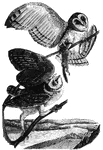
American Barn Owl
A pair of American barn-owls, one of which is grasping a small rodent in its claws.

Eagle Owl
Eagle or great-horned owl, found in Europe and northern asia. It feeds on hares, rabbits, moles, mice,…

Head of an Eagle Owl
Head of an eagle owl. It has large eyes for seeing at night, and a hooked beak for snaring its prey.
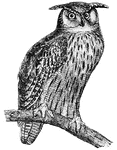
Great Horned Owl
Horned owls are distinguished by two tufts or horns of feathers placed on each side of their head.

Great Short-Eared Owl
Genus ascalaphia, a large owl, native to southern Europe and northern parts of Egypt.
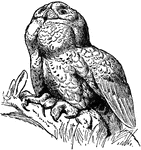
Great Snow Owl
"The owl is a popular name for any nocturnal, raptorial bird, of which about 200 species are known.…

Hawk Owl
The Hawk owl is about 15 inches long and feeds on rabbits, rats, mice, reptiles and birds, (Figuier,…
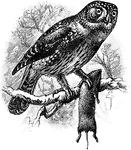
Northern Pygmy Owl
The Northern Pygmy-Owl (Glaucidium gnoma) is an owl in the Strigidae family of true owls.
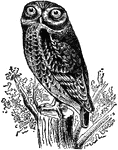
Rock Owl
"The owl is a popular name for any nocturnal, raptorial bird, of which about 200 species are known.…
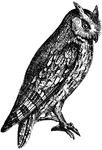
Scops-Eared Owl
The scops-eared owl is diminutive in size, not exceeding that of the thrush, (Figuier, 1869).

Scops-Eared Owl
The scops-eared owl is diminutive in size, not exceeding that of the thrush, (Figuier, 1869).

